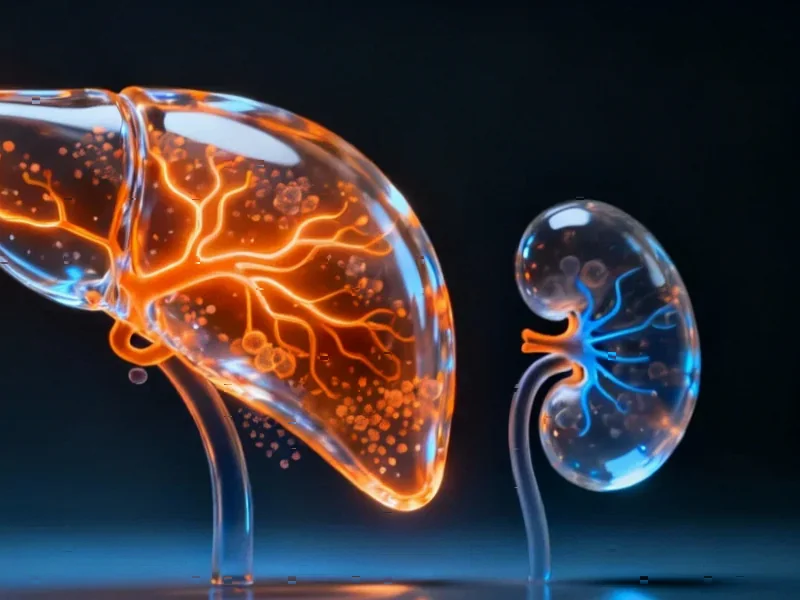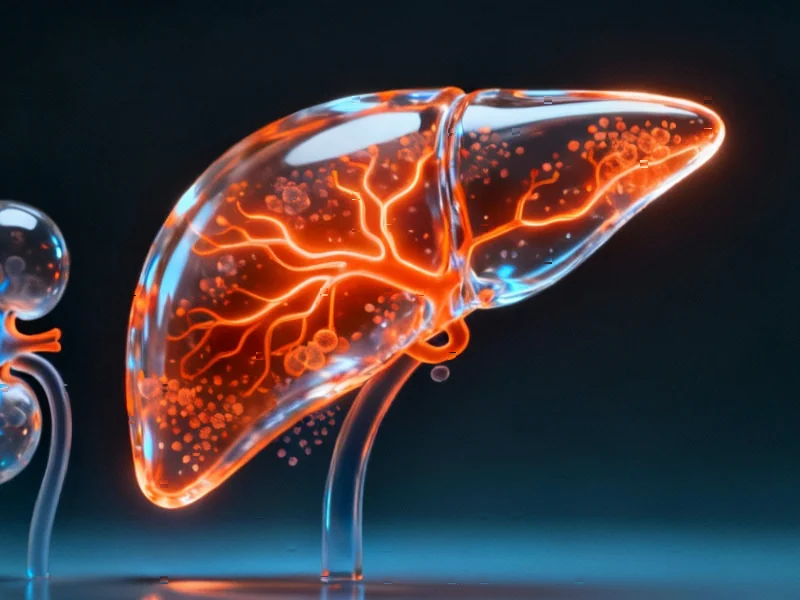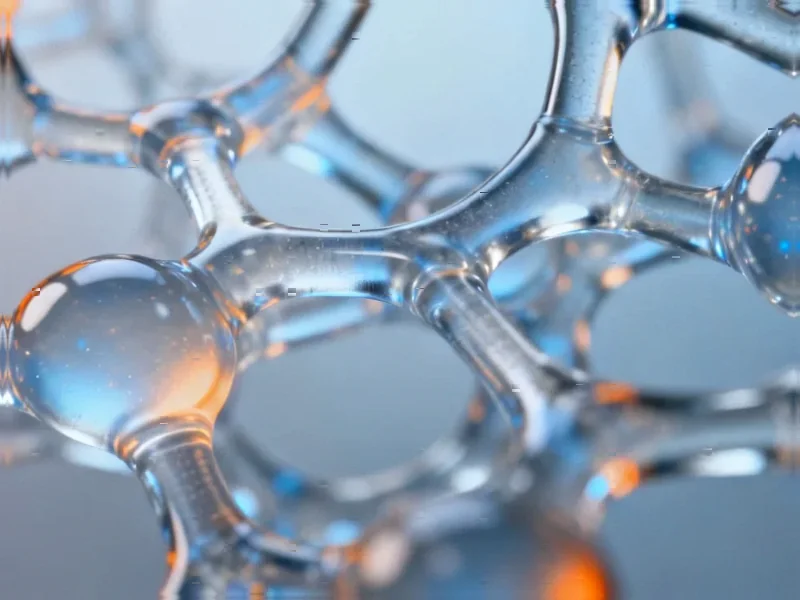Breakthrough Approach to Brain Cancer Treatment
Researchers have developed an innovative implantable wafer that slowly releases immune-stimulating compounds to prevent glioblastoma recurrence, according to a recent study published in Nature Biomedical Engineering. The technology targets immunosuppressive myeloid cells that typically hinder effective cancer treatment, sources indicate.
Table of Contents
- Breakthrough Approach to Brain Cancer Treatment
- Understanding the Immune Barrier in Brain Tumors
- Innovative Wafer Design and Drug Delivery
- Mechanism of Action and Cellular Effects
- Impressive Survival Benefits in Preclinical Models
- Immune System Reprogramming and Lasting Protection
- Translation to Human Applications
Understanding the Immune Barrier in Brain Tumors
Analysis of the myeloid cell compartment in both murine and human glioblastoma revealed that macrophages and monocytes constitute approximately 25% of all cells in brain tumors, the report states. These cells are characterized by immunosuppressive markers and pathways that create a protective environment for cancer cells. Researchers identified similar patterns in human glioblastoma samples, though with some differences in cellular composition.
Analysts suggest this understanding of the tumor microenvironment led to the development of targeted approaches. “Different myeloid cell therapeutics are being evaluated,” the researchers noted, with newer approaches focusing on macrophage-targeting nanomaterials capable of immune modulation.
Innovative Wafer Design and Drug Delivery
The research team created a crosslinked bis-succinyl cyclodextrin material that functions as a sponge to hold immunostimulatory small molecules. According to reports, the material was loaded with three immune-modulatory compounds: a JAK inhibitor (ruxolitinib), a cIAP inhibitor (LCL-161), and a Toll-like receptor agonist (R848).
This triple combination was identified through drug screening to maximize IL-12 production in myeloid cells. Unlike previous approaches using systemically administered nanomaterials, the implantable wafer bypasses the blood-brain barrier, which forms a considerable delivery obstacle for conventional treatments., according to further reading
Each dried wafer weighs approximately 10 mg and contains 0.22 mg of active drug substances. Material characterization showed a porous, sponge-like surface structure that facilitates controlled drug release. In vitro studies demonstrated a release half-life of approximately 45 hours, with only 8% of drugs remaining after 144 hours., according to technological advances
Mechanism of Action and Cellular Effects
Experimental data show that the wafer material is internalized by macrophages primarily through clathrin-mediated endocytosis. Once inside cells, the payload stimulates significant IL-12 production and modulates multiple immune pathways.
RNA sequencing revealed substantial changes in gene expression when macrophages were exposed to the drug-loaded wafer. According to the report, 177 genes were upregulated and 117 downregulated, including key immune regulators. The treatment increased expression of pro-inflammatory markers while decreasing immunosuppressive genes associated with poor survival outcomes.
Researchers observed no indications of local or systemic toxicity in multiple safety assessments, including viability assays, blood counts, clinical chemistry, and systemic IL-12 measurements. This represents a significant advantage over free drug administration, which reportedly causes hepatotoxicity at similar doses.
Impressive Survival Benefits in Preclinical Models
In glioma resection models, the results were striking. All control mice with resected tumors died within 23 days of surgery, mirroring the clinical scenario where resection alone cannot achieve tumor control. Conversely, when the resection cavity was packed with the drug-loaded wafer, over half of the animals survived to day 96, the longest time point investigated.
The survival difference between groups was highly statistically significant. MRI imaging of surviving animals showed no enhancing tumor, with autopsies confirming complete absence of residual tumor. When combined with standard radiation and temozolomide treatments, nearly 70% of animals survived 80 days, demonstrating synergistic effects.
Immune System Reprogramming and Lasting Protection
Mechanistic studies revealed that the wafer treatment polarizes tumor-associated macrophages toward a pro-inflammatory phenotype, with significant increases in CD86 and MHC-II expression. The treatment also recruited substantial numbers of CD8 and CD4 T cells to the tumor environment, which was not observed with surgical resection alone.
Perhaps most importantly, researchers found that the treatment induces lasting antitumor immunity. When rechallenging previously cured mice with new tumors, most animals remained tumor-free, suggesting the immunoconversion generates a durable immune response capable of preventing recurrence.
Translation to Human Applications
Initial testing in human glioblastoma tissue showed promising results. Exposure to the wafer material produced dose- and time-dependent increases in IL-12 production and significant upregulation of myeloid cell activation markers. Human cell line experiments demonstrated similar IL-12 induction effects without discernible toxicity.
While further research is needed, analysts suggest this approach could represent a significant advancement in glioblastoma treatment by locally reprogramming the tumor microenvironment and creating conditions favorable for lasting tumor control.
Related Articles You May Find Interesting
- Intel’s Panther Lake Architecture Paves Way for Autonomous AI Operations in Indu
- HBO Max Implements Widespread Subscription Price Increases Following Market Tren
- AWS Outage Analysis: Cascading Failures and Multi-Million Dollar Business Impact
- Vector-Based AI System Promises Major PostgreSQL Performance Gains Through Autom
- Digital Twin Technology Revolutionizes Dairy Farming with Open-Source Innovation
References & Further Reading
This article draws from multiple authoritative sources. For more information, please consult:
- http://en.wikipedia.org/wiki/Glioblastoma
- http://en.wikipedia.org/wiki/Candi_of_Indonesia
- http://en.wikipedia.org/wiki/Myelocyte
- http://en.wikipedia.org/wiki/Interleukin_12
- http://en.wikipedia.org/wiki/Cyclodextrin
This article aggregates information from publicly available sources. All trademarks and copyrights belong to their respective owners.
Note: Featured image is for illustrative purposes only and does not represent any specific product, service, or entity mentioned in this article.



